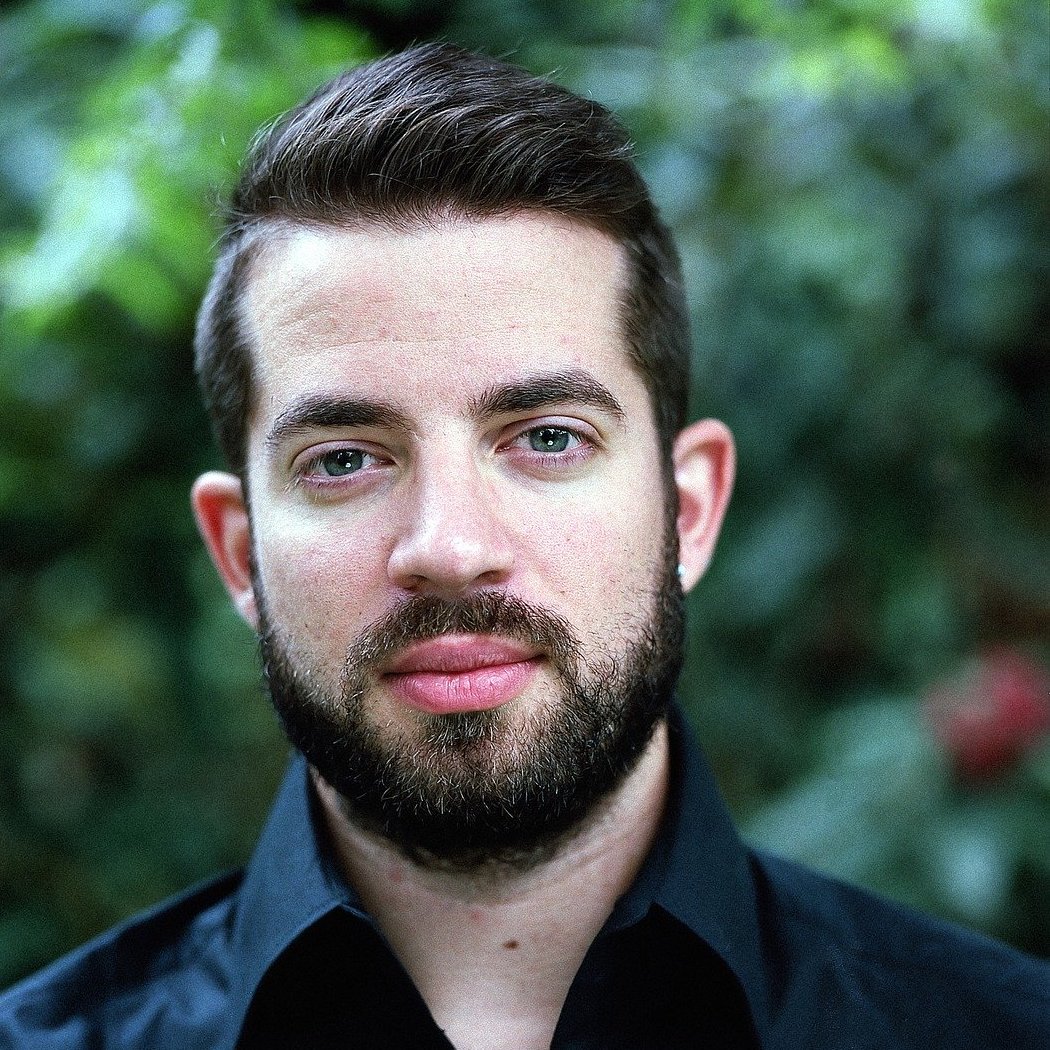Charlotte Brontë:
Voice From the Deep

By Matt McKeown
Charlotte Brontë manages a rare fusion of passionate feeling with passionate principle.
The Brontë sisters are justly famed as authors, most of all for the three great romantic novels Agnes Grey, Wuthering Heights, and Jane Eyre. The term “romantic” should not be misunderstood here: it refers, not to love stories (though the Brontës’ writings do deal in various degrees with that theme), but to the movement in nineteenth-century literature—better remembered as a quality of the poets of the time—which was primarily interested in exploring issues of emotion, darkness, and identity. Romanticism bore literary fruit in the love poetry and sentimental novels of the nineteenth and twentieth centuries, notably in the Pre-Raphaelite, Symbolist, and Decadent movements, and also helped revive the gothic genre, leading to pioneers of early modern horror such as Frankenstein, Dracula, and Doctor Jekyll and Mister Hyde.
Charlotte Brontë’s Jane Eyre, though not as dark as her sister Emily’s Wuthering Heights, has been classified as a gothic novel. It touches on many themes associated with the genre: loneliness, hauntings, madness, secrecy, crime, and powerlessness, all wrapped in an eerie æsthetic of decay. One of the staple techniques of the gothic is the “pathetic fallacy,” in which ordinary objects and phenomena are presented in emotional terms—for instance, revealing that a character is a villain during the storm, so that the weather emphasizes the thematic movement. Moreover, the fact that Jane Eyre is largely a character study of the titular protagonist reflects its Romantic concerns; its main interest lies in Jane’s development of an independent sense of herself and her dignity.
Conventionality is not morality. Self-righteousness is not religion. To attack the first is not to assail the last.
Charlotte Brontë
The plot itself, though it has many turns and covers decades of Jane’s life, is not too difficult to follow. Jane is an orphan, at first raised by an uncaring pair of aunts and later at a cruelly run boarding school. Despite these childhood adversities, the adult Jane becomes a governess for the ward of Mr. Rochester at Thornfield Hall, where strange and frightening things happen at night. Rochester and Jane fall in love; when they are about to marry, it is revealed that Rochester’s previous wife is still living: she went mad years ago and is confined to the attic, but occasionally breaks out, wreaking havoc. Rochester begs Jane to live as his mistress, since the law prevents their marriage. Heartbroken, Jane leaves Thornfield to maintain her integrity. After a brief period of destitution, she is rescued by a family who turn out to be relatives of her own, and comes into an immense fortune. Her pious but unfeeling cousin St. John asks her to marry him and become a missionary, both as a matter of duty; she refuses. She revisits Thornfield, which has been ruined in a fire, and learns that Mrs. Rochester is dead and Rochester himself has been blinded in a rescue attempt. She now consents to marry him, and they start a family together; in the end, Rochester even regains a little of his eyesight.
Jane Eyre is remembered largely for its zig-zagging love story, but also for being an early expression of feminism. Jane’s insistence to St. John that women need the liberty and autonomy to exercise their gifts just as much as men do, and that submission to another merely as such is not a virtue, could as easily be found in the mouth of Susan B. Anthony or Dorothy Sayers. (The sentimental conclusion of the novel is sometimes held against this, though on the other hand, a novel so dark could use a little happiness!)
One of the most striking things to a modern reader, though, whether Charlotte Brontë intended it or not, is its strong moral tone. Jane’s resistance to the challenges she endures, beginning with her cruel relatives and teachers and culminating in her first refusal of Rochester and her rejection of St. John, is not rooted in mere stubbornness. Her steadfast adherence to what she believes is right drives every choice she makes, and her choices, as much as her fortunes, drive the story. Many authors, not only in our own day but even in the nineteenth century, have made romantic love the all-excusing value of life; Jane’s proto-feminist sense of independence and her uncompromising Christian conscience are woven together in Brontë’s novel, conceding neither to a “pathetic fallacy” in morals nor to any pretense that human feeling simply doesn’t matter. This complexity usually produces morally grey or anti-heroic characters, but Jane Eyre both maintains moral clarity and makes it credible and compelling to read about.
___________________________________________________________________________________
Every week, we publish a profile of one of the figures from the CLT author bank. For an introduction to classic authors, see our guest post from Keith Nix, founder of the Veritas School in Richmond, VA.
If you liked this post, try one of the pieces in our “Great Conversation” series, on topics like monarchy, the soul, or the concept of time.
Published on 24th August, 2020. Page photograph of Haddon Hall, used on multiple occasions as a setting for Thornfield Hall in adaptations of Jane Eyre, taken by Rob Bendall.